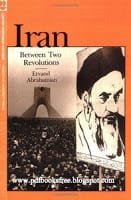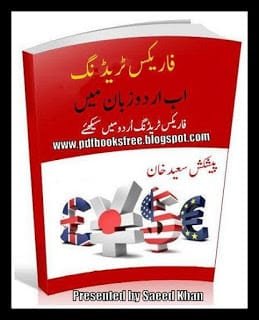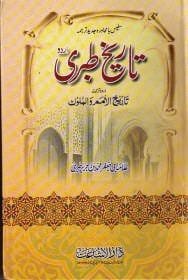 Title name of the book is “Iran Between Two Revolutions” Written by Ervand Abrahamain. This work began in 1964 as a study on the social bases of the Tudeh party, the main communist organization in Iran. Focusing on the short period between the party’s formation in 1941 and its drastic repression in 1953, the original work tried to answer the question why an organization that was clearly secular, radical, and Marxist was able to grow into a mass movement in a country noted for its fervent Shi’ism, traditional monarchism, and intense nationalism.
Title name of the book is “Iran Between Two Revolutions” Written by Ervand Abrahamain. This work began in 1964 as a study on the social bases of the Tudeh party, the main communist organization in Iran. Focusing on the short period between the party’s formation in 1941 and its drastic repression in 1953, the original work tried to answer the question why an organization that was clearly secular, radical, and Marxist was able to grow into a mass movement in a country noted for its fervent Shi’ism, traditional monarchism, and intense nationalism. The study further expanded as the 1977-1979 revolution unfolded, shattered the Pahlevi regime, and brought to the fore not the Tudeh but the clerical forces. Thus the study has evolved into an analysis of the social bases of Iranian politics, focusing on how socioeconomic development has gradually transformed the shape of Iranian politics from the eve of the Constitutional Revolution in the late ‘nineteenth century to the triumph of the Islamic Revolution in February 1979.
Part I provides a historical background to the understanding of modern Iran, surveying the nineteenth century, the Constitutional Revolution, and the reign of Reza Shah.
Part II analyzes the social bases of politics in the period between the fall of Reza Shah’s autocracy in August of 1941 and the establishment of Muhammad Reza Shah’s autocracy in August 1953. These thirteen years are the only major period in the modern era in which the historian can look below the political surface into the social infrastructure of Iranian politics, and thereby examine in depth the ethnic as well as the class roots of the various political movements. Readers who are not interested in the internal workings of the communist movement in this period are advised to skim Chapters 7 and 8, which examine in detail the class and ethnic bases of the Tudeh party.
Finally, Part III examines contemporary Iran, describing the SOCIO economic programs carried out by Muhammad Reza Shah, the political tensions aggravated by these programs, and eventually the eruption of the recent Islamic Revolution. Download in pdf format to read offline.
All the books posted here are only for reference and academic functions solely. If you actually love books please support the writers/poets and get the initial laborious copies from the book seller of your native market.


